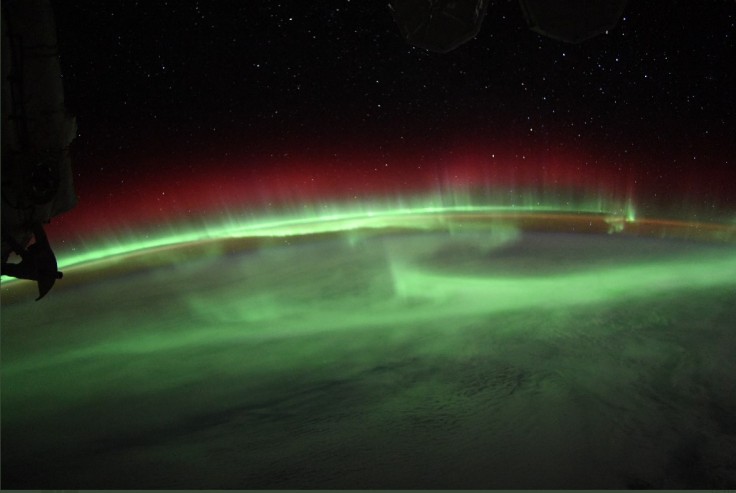
People have been enthralled with auroras-beautiful, whirling waves of light-for millennia.
Following a moderate solar outburst on Wednesday, NASA astronaut Bob Hines captured the aurora on camera from the International Space Station.
You can see the pictures of the mesmerizing aurora in his tweet below:
Absolutely SPECTACULAR aurora today!!! Thankful for the recent solar activity resulting in these wonderful sights! pic.twitter.com/aOD45XSWaX
— Bob “Farmer” Hines (@Astro_FarmerBob) August 18, 2022
The solar storms we experience on Earth are often harmless, but occasionally powerful bursts of space weather can potentially cause infrastructure difficulties by shorting out power lines, satellites, or other equipment, according to Space.com.
Radiation from space weather and cosmic rays, which are produced from deep space, must also be taken into account by Hines, his companions on the space station, and other people in space. However, medical professionals monitor astronaut health prior to, during, and after space missions.
What Is an Aurora
An aurora is a shimmering display of natural light in the sky. Lights in the shades of blue, red, yellow, green, and orange move and shape-change subtly, like softly billowing curtains. Only at night are auroras visible, and they typically only emerge in the lower polar regions, as per National Geographic.
The northern lights were also mentioned by ancient astronomers in their writings. For instance, a royal astronomer working for King Nebuchadnezzar II of Babylon recorded the event on a tablet dating from 567 B.C., In a different incident on 193 B.C., NASA said that a Chinese report mentions the aurora.
How Do Auroras Form
According to NASA, the Earth receives a lot of other energy and tiny particles from the Sun in addition to heat and light. People are largely shielded from energy and particles by the protective magnetic field that surrounds Earth, and we are barely aware of it.
However, the Sun doesn't always send the same amount of energy. There are times that the Sun excretes a huge bubble of electrified gas known as a coronal mass ejection, a type of solar storm that can travel quickly through space.
And when there's coronal mass ejection, small particles and some of the energy from solar storms can enter Earth's atmosphere by traveling through the magnetic field lines near the north and south poles.
From there, the particles combine with the gases in our atmosphere to produce stunning skylight displays. And this is how auroras are produced.
What Are the Colors of Aurora
As previously mentioned, when the small particles from the sun combine with the gases in Earth's atmosphere, it produces auroras.
National Geographic mentioned that depending on the type of atoms involved and the altitude, the aurora could have a variety of colors.
The most common aurora, a green-yellow hue, happens when ions strike oxygen at lower altitudes.
Meanwhile, ions striking nitrogen atoms result in the reddish and bluish light that is frequently visible in the lower fringes of auroras.
High in the atmosphere, ions can interact with oxygen atoms to produce a red light.
Though we rarely have the ability to see this region of the electromagnetic spectrum with our eyes, ions impacting hydrogen and helium atoms can result in blue and purple auroras.









